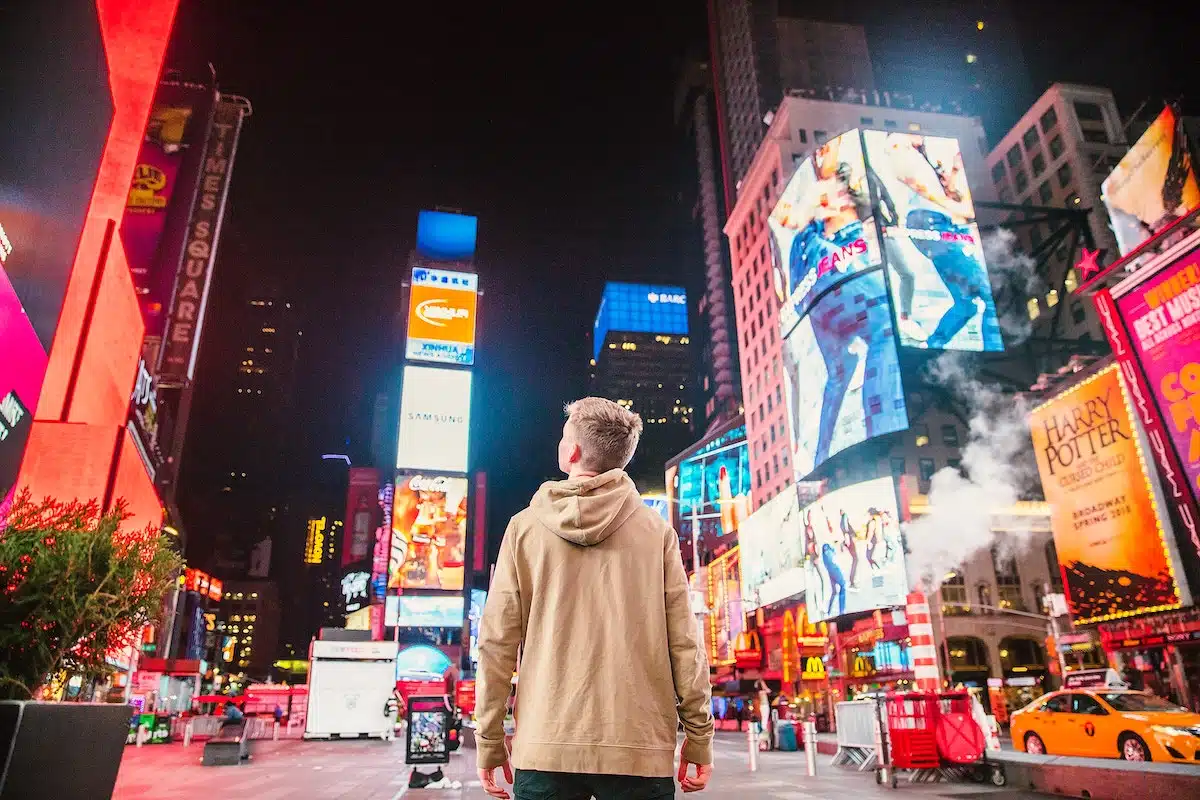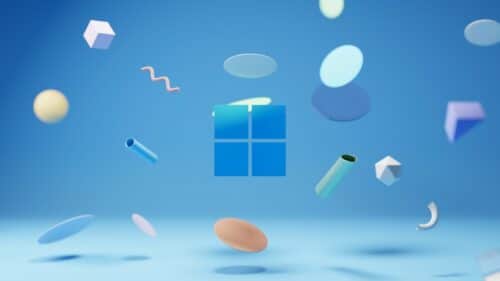The basic billboard has seen a remarkable transformation over the last couple of decades. The out-of-home advertising revolution began with installation of the first digital billboard in 2005. Since then, the technology has grown into a new venue for animators and advertisers to collaborate in exciting ways.
At first, digital billboards were only accessible to large corporations who had the marketing budgets to match the high prices of advertisement. Over the last few years, advances in technology have allowed prices to drop into a more affordable range for more businesses.
The number of digital billboards in the U.S. grew from 6,400 in 2016 to around 11,500 in 2022. When an advertising tool is growing this quickly, smart marketers take notice. Here’s what you need to know about digital billboards and their impact on out-of-home advertising.
Digital Billboards Help Brands Stand Out
Online spaces have become more saturated with ads, and the cost of social media advertising is rising. Under these conditions, out of home advertising may be more attractive to more businesses.
Neilsen’s 2019 Out-of-Home Advertising Study found that 55% of consumers had noticed a digital billboard or digital poster in the last month. An earlier version of the study had found that the top performing brand categories on digital billboards are:
- Entertainment and Sports
- Gaming
- Fast-Food Restaurants
- Recreation, and
- Legal Services
While almost any brand category can enjoy success from using digital billboards, these categories gained the best advertisement recall among passer byers. To improve recall, it’s important to create an engaging display with eye-catching colors and animation.
Digital vs. Traditional Billboards
The advent of digital billboards has opened an unlimited universe of creative freedom for marketers to play with. Vibrant LED screens with animation and video capabilities allow advertisers to display more eye-catching content across multiple scenes.
Also, creative for digital billboards can be updated almost instantly. This is a stark contrast from traditional billboards that can sometimes take weeks to be printed, distributed, and displayed. Digital billboards allow advertisers to quickly switch messaging in response to shifts in people’s wants and needs like weather, traffic, or social media.
For example, on a hot day, a supermarket could promote cold beverages. This allows the supermarket to meet the desires of consumers trying to beat the heat. More extreme examples might include pivoting messaging to avoid creating an unfavorable impression at the start of a disaster, like a global pandemic.
You might think that advertising on digital billboards would be more expensive than on traditional billboards, and at first glance that appears to be true. The average cost to advertise on a billboard in the U.S is $850 for a four-week campaign. The average cost of a digital billboard is higher, more like $2.1k for the same time period.
However, digital billboards offer the option to buy smaller chunks of time. A company called Blip Billboards offers self-serve digital billboard ads that start at $10 a day. Each “blip” is just a few seconds long, but for some advertisements that can be enough.
FHWA regulations mandate that a digital billboard with transitioning advertisements rotate between four to ten seconds with a recommended transition time of eight seconds.
Do Digital Billboards Distract Drivers?
Some have worried that digital billboards might be more distracting for drivers due to their brightness and animation. However, a study conducted by the Federal Highway Administration (FHWA) and the Department of Transportation (DOT) found that,
“On average, the drivers in this study devoted between 73 and 85 percent of their visual attention to the road ahead for both [Commercial Electronic Variable Message Signs] and standard billboards… This range is consistent with earlier field research studies. In the present study, the presence of CEVMS did not appear to be related to a decrease in looking toward the road ahead.”
The study contradicts the notion that digital billboards are more distracting to drivers than standard billboards. Yet, research continues to investigate the level of distraction and whether it has an impact on road safety.
Technology Enhanced Out-of-Home Advertising
The progression of out-of-home advertising hasn’t stopped with digital billboards. Some brands have found ways to combine digital signage with technology to create more dynamic experiences. Apotek, a pharmacy company out of Sweden, added smoke detectors to their street-level digital billboards.
The image of the man on the screen would start coughing anytime the smoke detector sensed cigarette smoke. The goal was to encourage smokers to be aware of how their cigarette might be affecting others.
The whole idea behind smart billboards is that they take cues from the people around them and display tailored ads to these onlookers. Some billboard advertisers use geo-fencing to retarget people who may have seen their billboard ad.
For example, if a department store puts up a smart billboard on a crowded street corner they can set up a geo-fence around it. If someone with the store’s app enters the boundary, it’ll trigger a response sending a text to alert the person to a sale the store is having.
We helped one of our clients make the video linked below to explain how advertisers use geo-fencing.
Some smart billboards even use hidden cameras so advertisers can identify audience age, gender, and mood. The goal is to understand the shopper’s sentiment toward a brand. While such technology makes sense from the brand’s perspective, some shoppers see this kind of technology as invasive.
Other types of digital billboards can intrude in more pleasant ways. 3D animation and curved screens give the impression that British tennis athlete Emma Raduceanu is looking around at all the people passing through Piccadilly in the video below.
All of this goes to show that the digital billboard is a platform for innovation. Wherever the technology takes us next, an effective digital billboard starts with a great video. Start creating yours with help from the video marketing experts at IdeaRocket. Contact us today to get started.
Photo by Joshua Earle on Unsplash



